How to Activate Your Muscles Before Running (Optimal Activation Warm-Up Routine)
Activating your muscles before running is critical for a dynamic start and injury prevention. A strategic warm-up primes your body, ensuring your muscles are responsive and supple.
Implementing activation exercises such as leg swings, lunges, and gentle stretching can enhance performance and readiness. Engaging in such a routine raises your core body temperature, lessens muscle stiffness, and increases heart rate, all of which prepare you for the physical demands of running.
Injury prevention is another significant benefit of proper muscle activation. By focusing on the key muscle groups used in running, you effectively reduce the risk of strains and sprains. Begin with activities that target your calves, hamstrings, quadriceps, and hip flexors.
This targeted approach not only prepares the muscles for the workload ahead but also fortifies the surrounding tissues, increasing their resilience during your run.
The Best Muscle Activation Routine for Runners
The optimal muscle activation routine for runners is designed to prepare the body for the demands of running by increasing blood flow, enhancing flexibility, and activating key muscle groups. The routine typically includes dynamic stretching and functional movements that mimic running mechanics.
Here’s a comprehensive muscle activation routine that can be adjusted according to individual needs:
- Walking Lunges: This exercise activates the glutes, quads, and hamstrings while also opening up the hip flexors. Perform 10-15 lunges on each leg, focusing on proper form.
- Leg Swings: To loosen the hip flexors, hamstrings, and adductors, perform 10-15 forward and backward leg swings with each leg, followed by side-to-side swings.
- High Knees: This drill emphasizes knee lift and engages the core, hip flexors, and calves. Do this for 30 seconds, focusing on quick, light contact with the ground.
- Butt Kicks: While jogging in place or moving forward, kick your heels up towards your glutes. This activates the hamstrings and stretches the quads. Continue for 30 seconds.
- A-Skips: Skip forward while lifting your knee high and quickly snapping the foot back down. This drill activates the hip flexors and improves foot turnover. Perform for 30 seconds.
- Carioca (Grapevine): This lateral movement increases hip flexibility and activates the glute medius. Do this for 20-30 seconds in each direction.
- Ankle Hops: Light, quick hops on the spot will activate the calf muscles and prepare the ankles for the impact of running. Continue for 20-30 seconds.
- Arm Circles: While standing, rotate your arms in small to large circles to warm up the shoulders and arms. Do 10-15 circles in each direction.
- Torso Twists: With feet shoulder-width apart, twist your upper body from side to side to activate the core and loosen the lower back. Perform 10-15 twists on each side.
- Dynamic Stretches: Include dynamic stretches such as toy soldiers (walking while kicking your legs straight out to touch your hands) and walking hip openers (lifting the knee and rotating the hip outward) to further prepare the muscles and joints.
Remember to start slowly and increase the intensity gradually. The entire routine should take about 10-15 minutes, depending on the number of repetitions and sets you choose to perform. It’s important to listen to your body and adjust the exercises to suit your needs, particularly if you have any existing injuries or areas that require extra attention.
Always consult with a professional if you’re unsure about the best muscle activation routine for your individual circumstances.
What is Muscle Activation for Runners?
Muscle activation is essential in preparing your body for the demands of running. It involves waking up your muscles through specific movements that recruit and stimulate the nervous system, enhancing your performance and reducing the risk of injury.
The Role of the Nervous System
Your nervous system is the command center that activates your muscles for movement. During muscle activation, signals from the brain travel through nerves to stimulate muscle fibers. This neuromuscular activation is crucial as it leads to a more efficient and powerful muscle contraction, essential for runners seeking to improve strength, speed, and endurance.
Benefits of Activation for Runners
Activating your muscles before running brings multiple benefits:
- Reduces risk of injury: Proper activation can prime the muscles, making them less susceptible to strains or sprains.
- Improves athletic performance: Engaging the neuromuscular system helps to utilize your muscle groups more effectively, translating to better performance.
- Enhances strength and speed: Activation exercises can increase force output, helping you run faster and with more power.
- Boosts endurance: An activated muscle resists fatigue longer, aiding in better endurance over long distances.
By incorporating muscle activation into your routine, you support your body’s readiness to tackle the physical demands of running, whether you’re a seasoned athlete or a recreational runner.
Pre-Run Activation Exercises
Before you hit the track or trail, it’s critical to prepare your body for the demands of running with a targeted activation routine. This will enhance your performance and reduce the risk of injury.
Dynamic Stretching Fundamentals
Dynamic stretching involves movement-based exercises that improve flexibility, raise your body temperature, and boost blood flow to muscles. Begin with leg swings to loosen your hamstrings and hip flexors, moving each leg back and forth in a controlled manner. Progress to high knees—a form of dynamic warm-up that primes the calves and glutes, preparing them for the run ahead.
| Exercise | Target Muscles | Repetitions |
|---|---|---|
| Leg Swings | Hamstrings, Hip Flexors | 15-20 each leg |
| High Knees | Calves, Glutes | 30 seconds |
Activation Drills for Lower Body Muscles
Lower body muscles, specifically your hamstrings, hip flexors, and glutes, are vital for a strong stride. Activation drills like glute bridges enhance glute activation, while walking lunges efficiently engage your entire lower body. Perform these exercises to awaken the muscles and ensure they are ready to power you through your run.
- Glute Bridge
- Lie on your back with knees bent and feet flat.
- Push through your heels to lift your hips, squeezing your glutes at the top.
- Hold for 2 seconds and lower slowly.
- Perform 10-15 repetitions.
- Walking Lunges
- Step forward with one foot and lower your hips to drop your back knee toward the ground.
- Keep your front knee directly above your ankle.
- Push through your front foot to stand and step forward into a lunge on the other leg.
- Continue for 10 steps each leg.
Core Engagement Techniques
A strong core stabilizes your body as you run and helps maintain form, preventing fatigue. Incorporate a plank to engage your core and work on muscle stability.
To further activate your core muscles, perform dynamic planks where you alternate lifting each arm or leg while holding the plank position. Aim for a plank duration that challenges you but allows you to maintain form—typically 30 seconds to 1 minute.
- Plank
- Lie face down, then prop yourself on your elbows and toes.
- Keep your body in a straight line from shoulders to heels.
- Engage your core and hold.
- Dynamic Plank
- From a plank, lift one arm or leg without shifting your weight or losing your form.
- Alternate limbs and repeat for 10 lifts per limb.
By performing these exercises, you’ll properly prepare your body for an effective running session.
Designing Your Muscle Activation Routine for Runners

Proper muscle activation can enhance your running performance by improving coordination and flexibility. It’s crucial to focus on the sequence, timing, and inclusion of balance coordination exercises for a well-rounded warm-up.
Sequence of Exercises
Begin with joint mobility exercises to loosen your ankles and hips, crucial for smooth running movements. Follow with dynamic stretching to increase range of motion, particularly in the legs and core. Incorporate specific movements that mimic running motion, such as high knees, for muscular activation.
- Ankle circles: 5-10 per direction
- Leg swings: 10 per leg
- High knees: 1 minute
Time Management for Optimal Activation
A 10-15 minute warm-up routine is sufficient for most runners. Allocate 3-5 minutes for joint mobility, 5 minutes for dynamic stretching, and 5 minutes for movement-specific activations. Manage your time effectively to ensure each exercise is performed with focus and purpose.
Warm-Up Routine:
| Time (Minutes) | Activity |
|---|---|
| 3-5 | Joint Mobility |
| 5 | Dynamic Stretching |
| 5 | Movement-Specific Drills |
Incorporating Balance and Coordination
Enhance your routine with balance exercises and coordination drills to activate stabilizing muscles. Repeat these exercises to challenge your balance and prepare your body for the unpredictable terrain.
- Single-leg stance: 30 seconds each side
- Side steps: 2 minutes
- Skipping: 2 minutes
By carefully selecting your exercises and managing your warm-up time, you’ll prepare your muscles effectively for your run, reducing the risk of injury, and improving your running efficiency.
Injury Prevention Through Proper Muscle Activation
Before you hit the track, it’s crucial to understand that a targeted warm-up is your best defense against common running injuries. Mastering specific exercises can keep your body injury-free.
Common Running Injuries and How to Avoid Them
Running puts repetitive stress on your back, hamstrings, glutes, and hip flexors, which can lead to injuries if they’re not properly conditioned. To avoid this, incorporate active movements into your warm-up. For example, dynamic quad stretches can prepare your muscles and reduce the risk of injury. Remember, an effective warm-up routine activates all the relevant muscle groups to safeguard your body.
Active Warm-Up Movements to Prevent Running Injuries:
- Hamstrings: Walking lunges
- Back and Glutes: Bodyweight squats
- Hip Flexors: High knees
The Impact of Mobility on Injury Prevention
Enhancing your mobility through drills can be as vital as strength training for preventing injuries. Mobility drills not only improve the range of motion but also help maintain your body’s ability to perform efficiently.
Consistent mobility work can mean fewer visits to physical therapy and a more resilient body. Try to integrate at least 5 minutes of mobility exercises into your warm-up to support injury prevention.
Key Mobility Drills for Runners:
- Hamstring Mobility: Inchworms
- Hip Flexor Mobility: Leg swings
- Overall Body Mobility: Arm circles and torso twists
By prioritizing these exercises, you’re taking a substantial step towards maintaining an injury-free running experience.
Advanced Muscle Activation Techniques for Experienced Runners
As an experienced runner, incorporating advanced techniques into your routine can significantly enhance power and speed. These methods are designed to optimize muscle activation and improve race performance.
Plyometrics for Power and Speed
Plyometrics training harnesses the stretch-shortening cycle of muscle fibers to boost your power. Incorporate exercises like box jumps and single-leg hops to target the quadriceps and gluteus medius. Perform 2 sets of 8-10 reps, focusing on explosive movements to maximize force.
| Exercise | Sets | Reps | Target Muscle Group |
|---|---|---|---|
| Box Jumps | 2 | 8-10 | Quadriceps |
| Single-leg Hops | 2 | 8-10 | Gluteus Medius |
| Depth Jumps | 2 | 8-10 | Full-Body |
Targeted Activation for Competitive Athletes
Before a race or intense training, activate your core muscles to improve stability and efficiency. A personal trainer can help tailor exercises to your needs, but a dynamic routine that includes planks and side bridges can be effective. Emphasize quality over quantity to ensure each muscle is properly engaged.
| Exercise | Duration | Focus |
|---|---|---|
| Planks | 30 secs | Core Activation |
| Side Bridges | 30 secs | Core & Hip Stability |
By incorporating these routines, your muscle fibers will be primed for speed and power, augmenting your running capabilities for competitive sports.

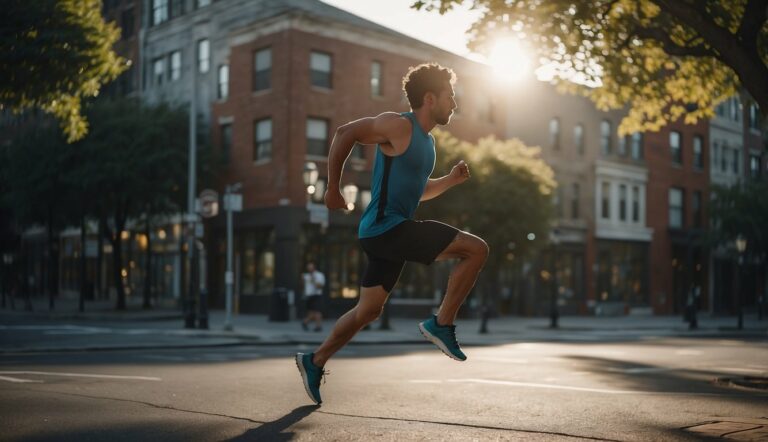
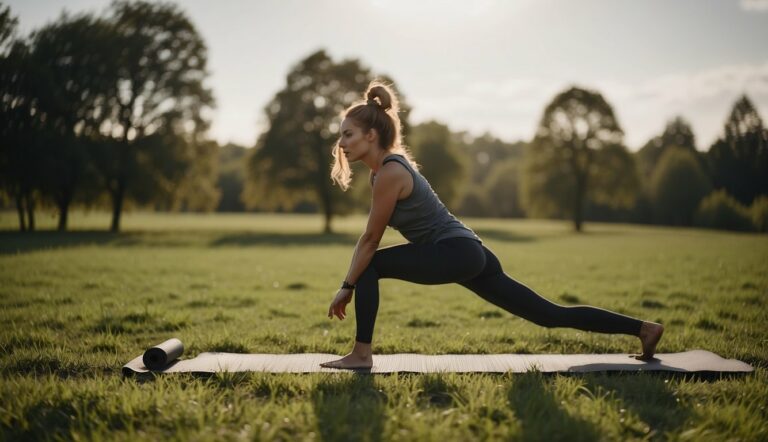
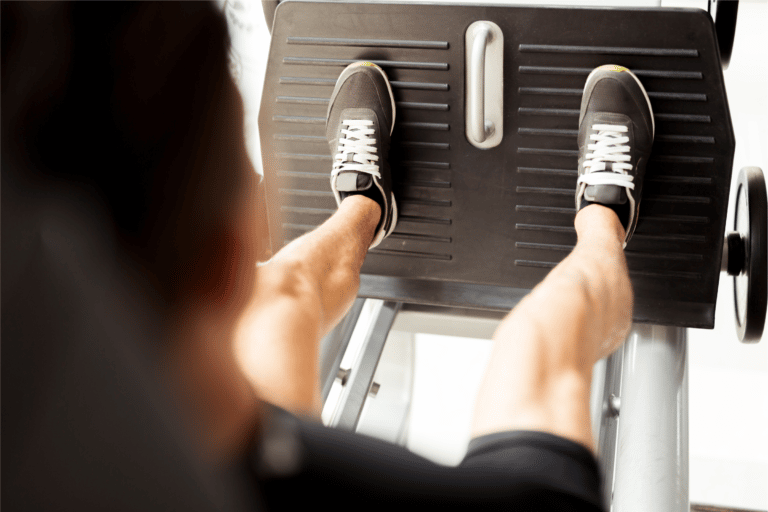
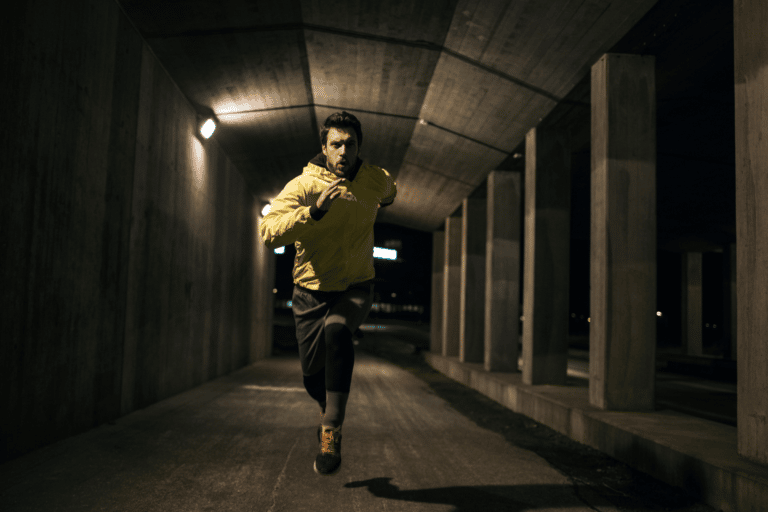
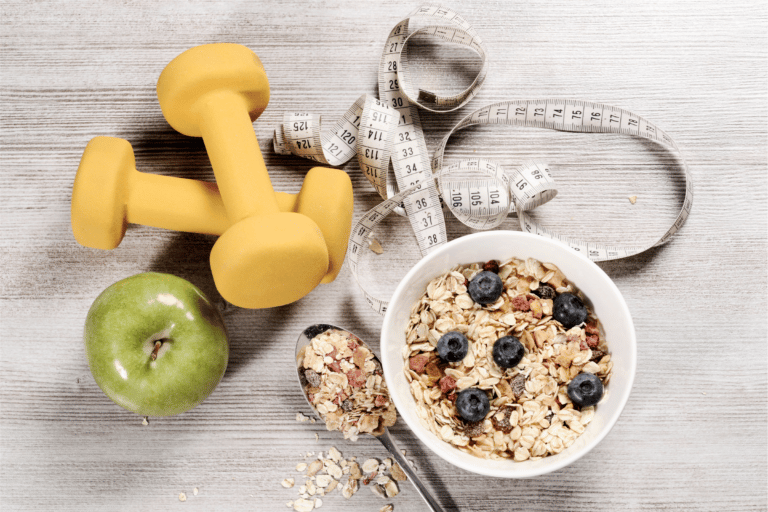
![Is Running in the Heat Good for You? [4 Helpful Benefits & 3 Dangers]](https://yournext.run/wp-content/uploads/2022/12/is-running-in-the-heat-good-for-runners_featured-768x512.png)